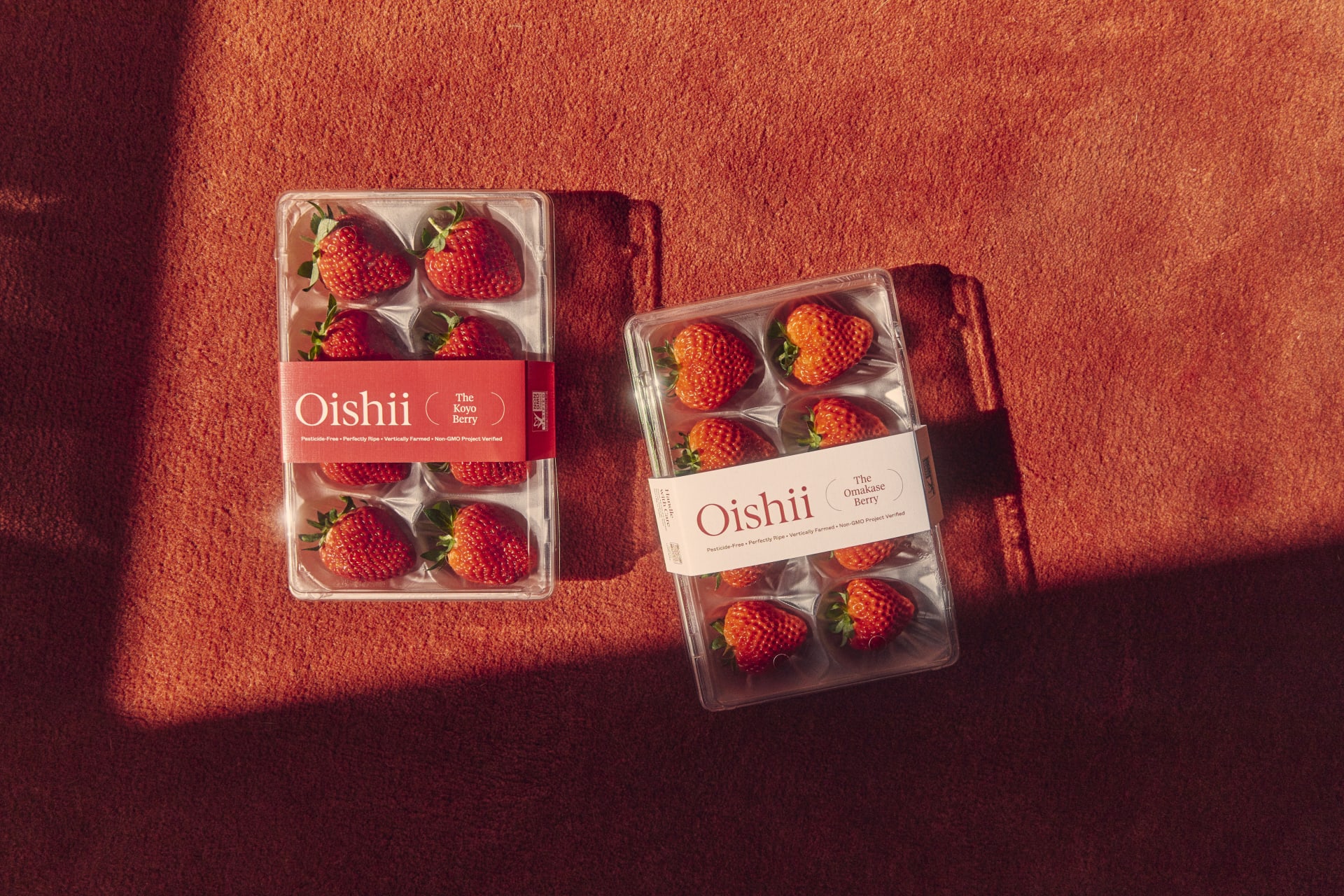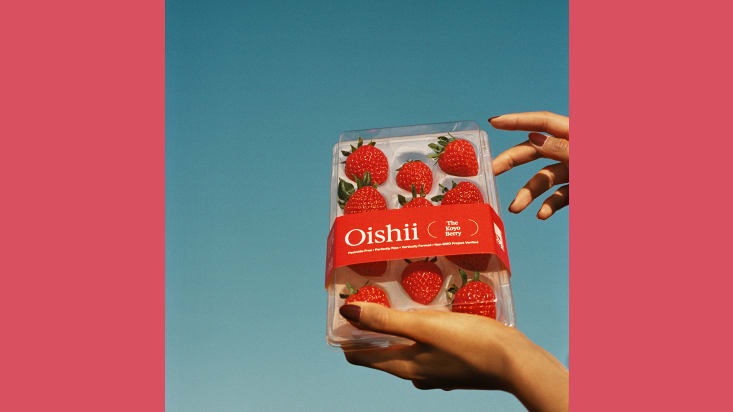From perfectly ripe $400 melons being sold in the Hamptons; to a selection of the finest strawberries imported from Japan (retail price: $780); to berries cultivated in vertical farms to replicate “a perfect day in Japan,” fruit is going haute.
Among those varieties making a splash in the West? In New York, Asian supermarket HMart carries Shizuoka Crown Melons for almost $130, the New York Post reports. The Crown Melon brand describes the fruit as carrying “the scent of musk, plenty of juice, [a] mellow taste, and smooth texture.” Cultivated in Japan under meticulously controlled temperature, humidity, light, and soil quality, only a single melon is harvested per tree. The brand likens the way the growers nurture the melons to “raising their own children.” “Each melon has its character and none of them [are] the same,” Crown Melon adds.
And at Farm & Forage in the Hamptons, the New York Times reports, the Ikka Souden Musk Melons, also from Japan, are sold for up to $400 each. Underlining the fruit’s “viral” status, the upscale store recently posted a live cutting of the melon on Instagram, illustrating its juicy ripeness in real time.
Going premium too are strawberries sourced from Japan – or grown according to the country’s methods. Among the luxe Japanese fruits that US company Ikigai Fruits imports are Kotoka strawberries from Japan’s Nara Prefecture sold for $89 per 500g, described as boasting “intense sweetness, juicy pulp, and a delightful sweet-tart fragrance.” And at $780 are 27 Mini Tamatebako strawberries, also from Nara Prefecture, presented like luxury chocolates, individually cushioned in a pale pink box. The luxurious set, described as “an unforgettable gift experience,” is composed of ruby red Kotoka strawberries, sweet Awayuki pink strawberries, and rich, sweet, Pearl White strawberries. All of the brand’s varieties are sold seasonally.



